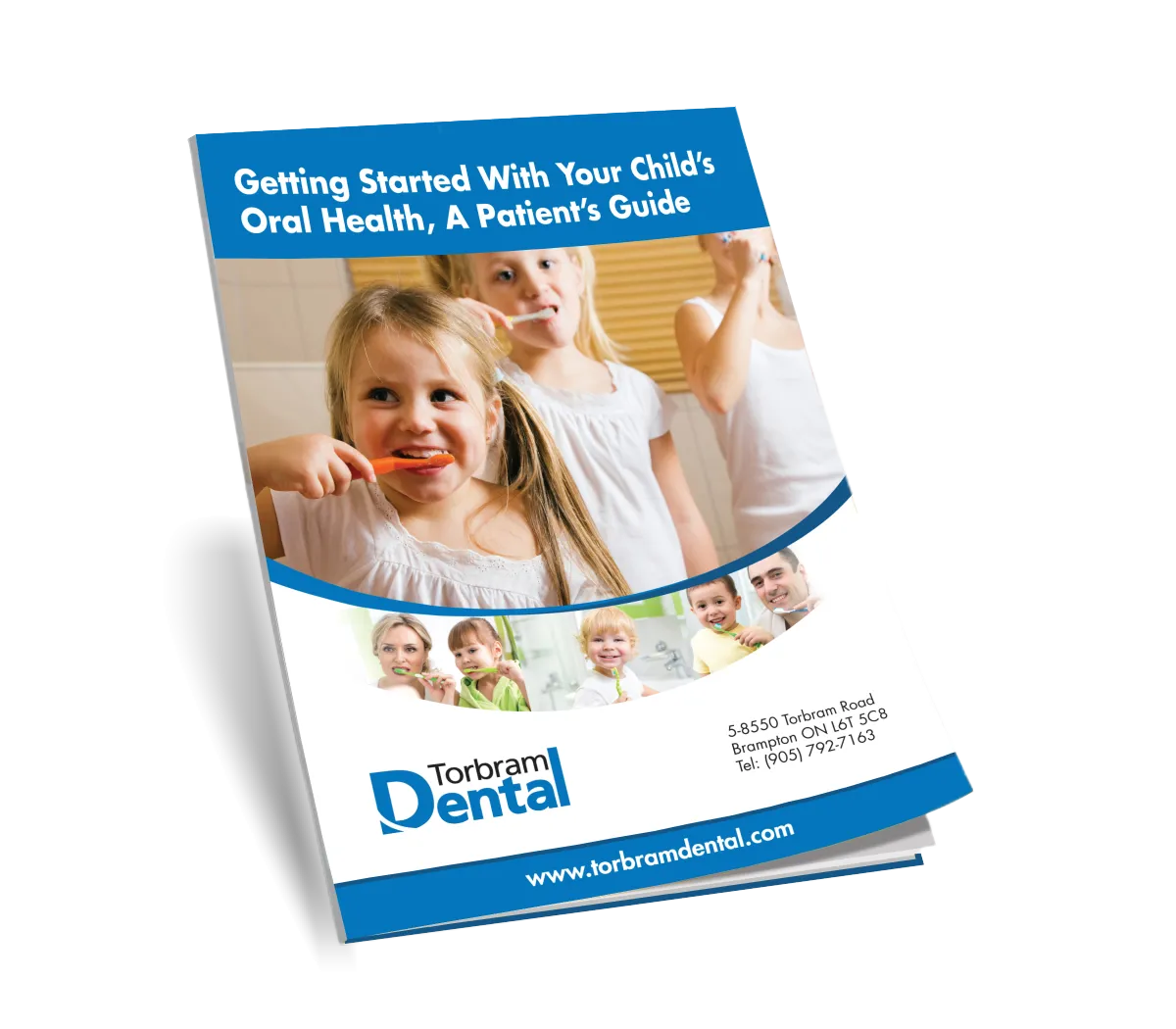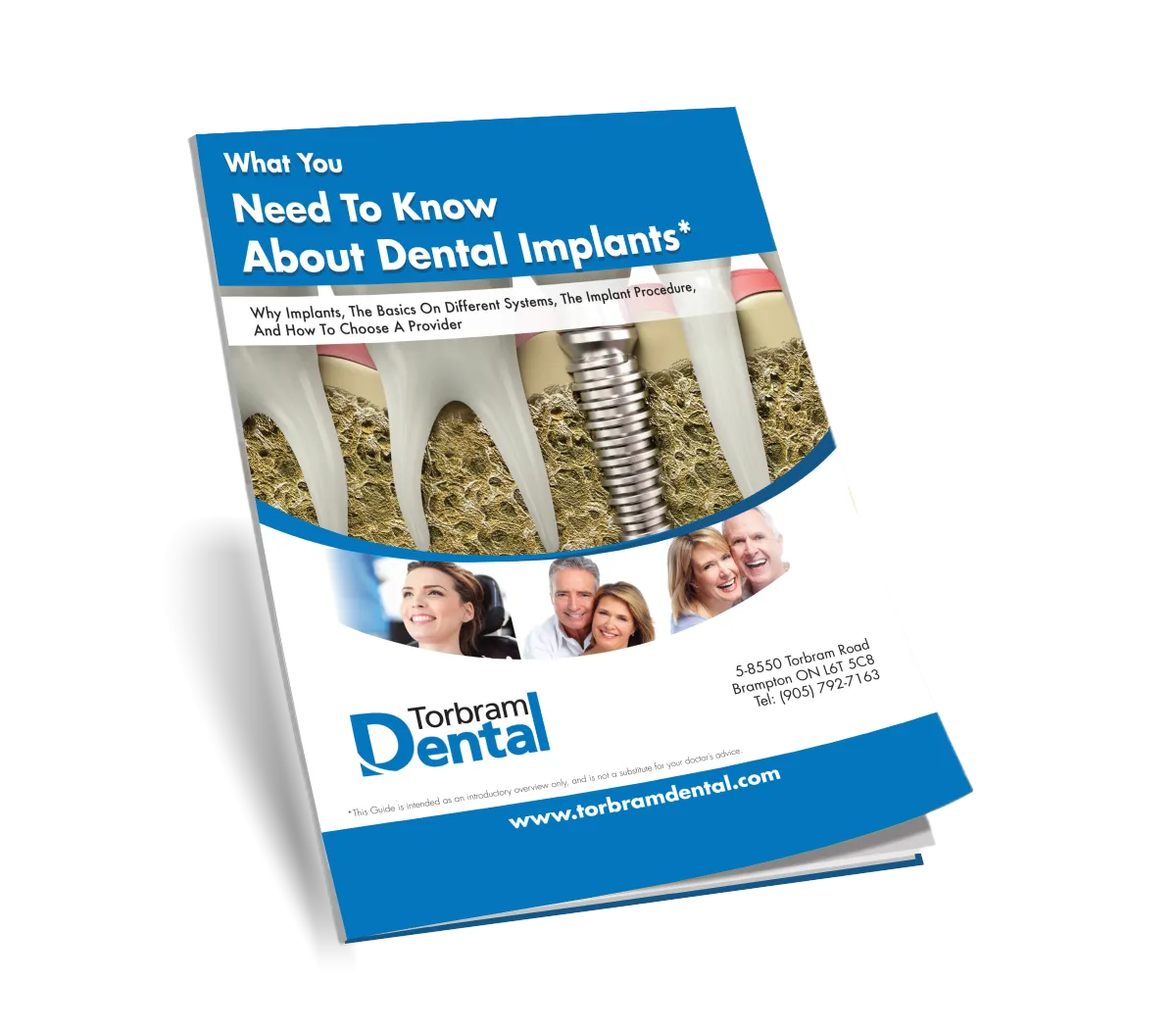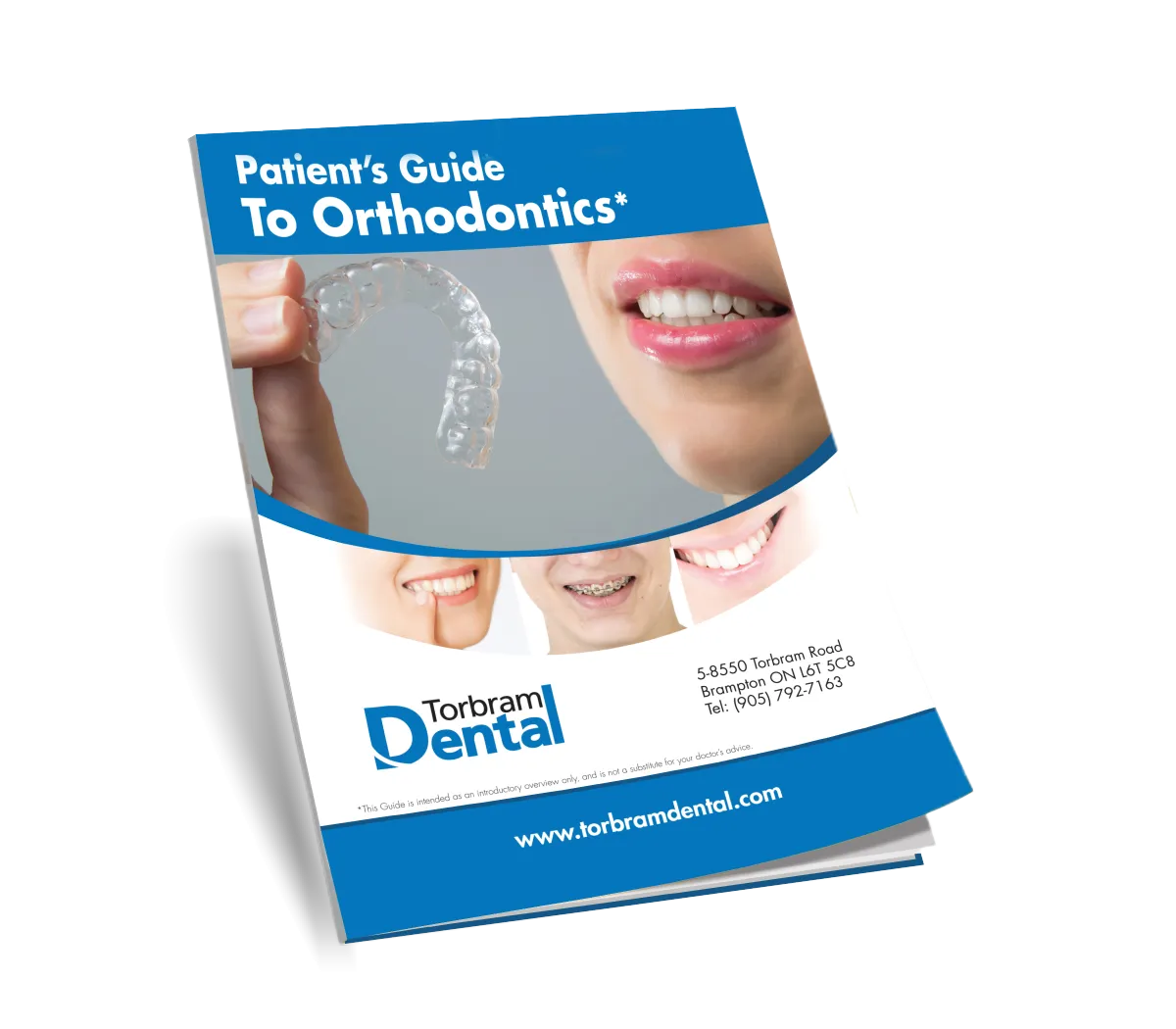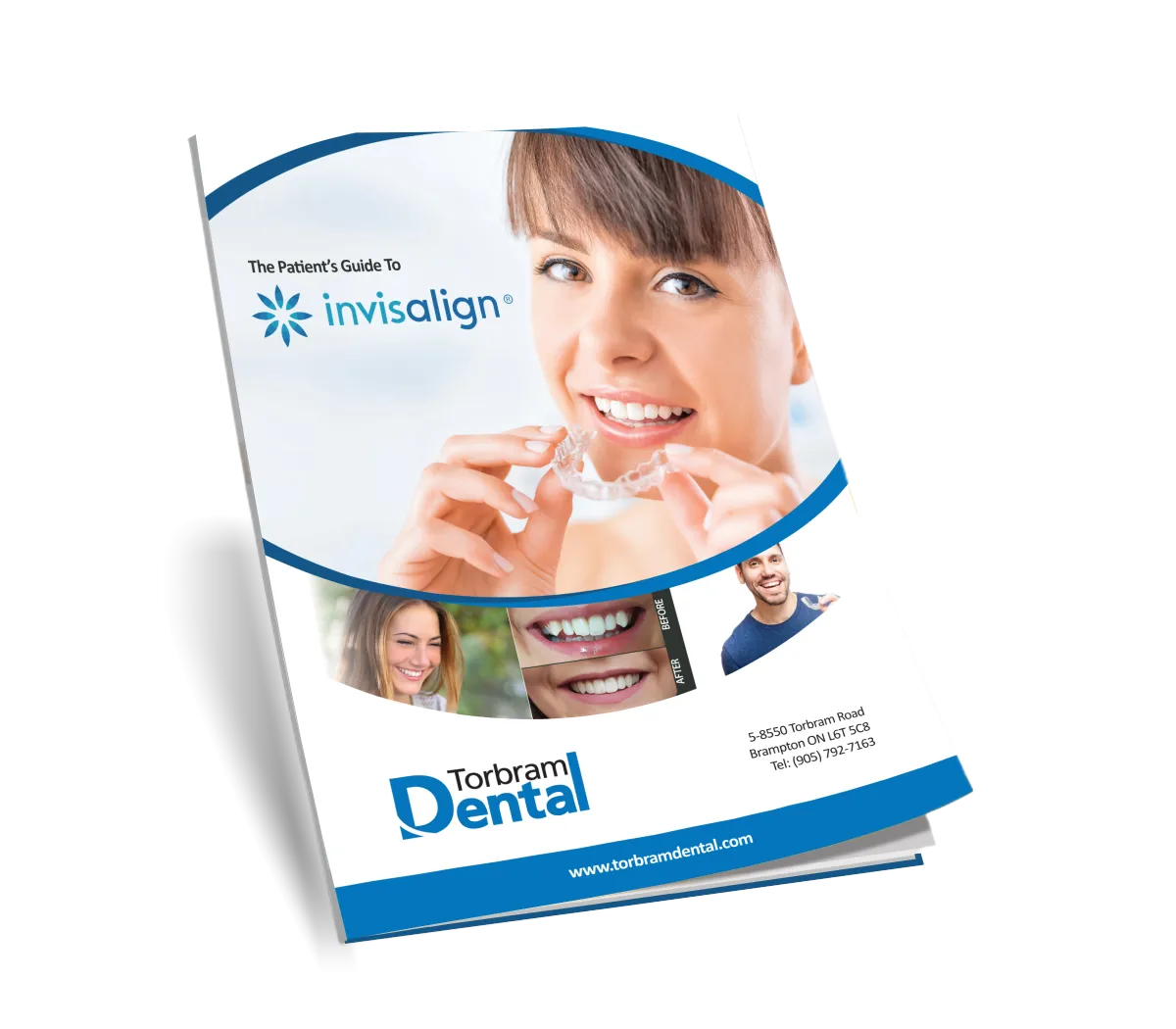
Missing an adult tooth can be worrisome. The great news is that the issue can be resolved and tackled with several options. You are not alone if you are missing a permanent tooth or two. A notable percentage of the world’s population often suffers from conditions like hypodontia, where one or more permanent teeth do not emerge. Other causes of missing teeth can be poor dental health, inherited ailment, genetic condition, gum disease, or injury.
Causes of a missing adult tooth
Gum disease – Periodontitis or gum disease leads to infection and will inevitably damagedamage the gum’s soft tissue. If left untreated, it may loosen one or more teeth and finally result in tooth loss.
Tooth decay – Cavities are a common cause of tooth loss. Tooth decay is a result of severely damaged tooth enamel. Improper teeth cleaning, bacteria in the mouth, plaque, and snacking on too much sugary or high-carb foods may cause tooth decay.
Injury – Traumatic dental injuries and tooth loss may result from sports or accidents.
Hypodontia – Hypodontia, also known as Congenitally missing teeth, is mainly inherited.
Besides impacting appearance and a toothy smile, missing teeth may have a wide-ranging effect on oral health. Avoiding treatment to replace missing teeth may pose a severe risk to your overall dental health. Missing teeth may affect speech, the ability to chew, damaged gum, weak jaw muscles, increased risk of developing cavities, and loss of self-confidence.
These are good reasons why a proficient dentist or an endodontist should be consulted to replace missing teeth as soon as possible.
Dental implants
What are dental implants?
Dental implants are artificial tooth replacements. Dental implants are secured and anchored into the jawbone with screw-like devices.
Who is a candidate for dental implants?
Dental implants as a replacement for a missing tooth are not suitable for everyone. The right candidate for an implant is someone with good oral health, sufficient bone density, and strong gums or jaw bones. If this is not the case, other or additional options may be discussed at your dental appointment.
Benefits of dental implants
Dental implants are an innovative and reliable replacement for missing teeth. These implants mimic natural teeth and come with several long-term benefits. Dental implants last a lifetime, restore full chewing power, stabilize adjacent teeth, prevent bone loss and gum disease, and prevent facial sagging.
What is the procedure of a dental implant?
A dental implant is a surgical procedure where tooth roots are replaced with screw-like metal devices. They are fitted to the jawbone by drilling holes. A crown mimicking a natural tooth is fixed on top.
Maintenance and after-care tips for dental implants
Dental implants replicate natural teeth and need a proper dental cleaning. Rinsing the mouth regularly to keep food away from the surgery site helps in healing. Washing the mouth with warm salt water prevents bacterial growth. After a few days of surgery, regular brushing with standard toothpaste will keep the dental implants clean. The implant should not be purposely disturbed with the tongue. Smoking should be avoided to keep the mouth healthy and allow better healing.
Dental implants are prostheses and do not get affected by cavities like natural teeth. Regular teeth cleaning routines like brushing and flossing can be resumed once the surgery site has healed.
Dental bridges
A dental bridge is, in essence, a false tooth cemented to fill the gap where a tooth is missing. A dental bridge can be made of gold, porcelain, or other materials.
There are four types of dental bridges.
A traditional dental bridge – A traditional dental bridge is the most popular dental bridge. It is used when there are two teeth present on either side of the missing tooth. The dental bridge or the false tooth is held in place by cementing dental crowns onto either side of the abutment teeth.
Cantilever dental bridge – Almost similar to a traditional dental bridge, in a cantilever bridge, the false tooth is held in place by cementing a dental crown to only one abutment tooth.
Maryland dental bridge – This tooth replacement mechanism is similar to the traditional dental bridge. Here, instead of cementing, the false tooth is bonded with a metal or porcelain framework to the back of the two adjacent teeth.
An implant-supported dental bridge – As the name suggests, this type of dental bridge is fixed with dental implants. It is a surgical procedure and, in most cases, requires two surgeries.
Why do you need a dental bridge?
When a tooth or few teeth are missing from the mouth, it can disrupt the working of the entire dental setup. A dental bridge is one of the most common teeth replacement procedures that can help stabilize a broken or decayed tooth.
What are the advantages of dental bridges?
A dental bridge can address several issues resulting from missing teeth. It can restore chewing ability, prevent shifting of other teeth, prevent distorted speech and pronunciation, and restore the shape of the face.
How long does a dental bridge last?
Dental bridges have a great life span and can last from five to seven years, depending on regular professional dental cleaning and personal oral hygiene.
It is easy to take care of a dental bridge. Proper dental health care, timely professional teeth cleaning, and a healthy fiber-rich diet can help prevent tooth decay and keep dental bridges in good shape. Avoid chewy food and fibrous meat to prevent interference with dental bridges.
With many options available, replacing a missing tooth is not a problem. However, avoiding treatment can make things worse. Early treatment can save you from tooth-related trouble and restore your smile. Contact Torbram Dental today for more information!
Recent Comments
Simrit Bio
Simrit has been working at Torbram Dental since 2001. She started her career with Assisting/Treatment co-ordinating and then moved on to becoming the Hygiene Co Ordinator in 2005. In 2012 she took on a new role as the Marketing Director. Though she loved being the Marketing Director, in 2015 she became the Office Manager of Torbram Dental. She completed her Level 1 Dental Assisting program with Career Canada in 1996 and then went on to complete her Level II Dental Assisting Diploma with Southwestern Medix in 1999. That is when she received NDAEB Certification. Simrit has been and still is an active member of the Ontario Dental Assistants Association since 2000. She enjoys hiking and traveling with her husband and two kids and loves to explore new restaurants, especially high-tea venues.
This will close in 0 seconds
Jessica Bio
Jessica, one of our receptionists, is one of the smiling faces you see when you arrive at the office. She graduated with honours from Medix College with a diploma as a Level 2 Dental Assistant. When she is not happily helping our patients, Jessica enjoys spending quality time with her friends and family, going to church on Sunday mornings, gardening and going on hikes.
This will close in 0 seconds
Naudia Bio
Naudia has been working at Torbram Dental for many years and is a valued member of our administrative team: as a dental receptionist and in our marketing team . She graduated from Everest College with honours level 1 and 2, with a diploma in Dental Assisting. Naudia is always there for our patients, making sure that they receive the care and attention they deserve. When not at the office, she enjoys spending time with family and friends, cooking and indulging in civil court TV shows.
This will close in 0 seconds
Ramandeep Bio
Ramandeep has been a part of Torbram Dental for the past 10 years as certified dental assistant. She obtained her level 1 certification from Everest college in Brampton in 2013, and then her level 2 certification in 2014 from Medix college. Her career path through the clinic has been recognized by staff at all levels who admire her work ethic and dedication to million dollar smiles. In her spare time, Ramandeep enjoys cooking and gardening, and spending time with her husband and 2 kids.
This will close in 0 seconds
Sana Bio
Sana is a valued member of our dental hygiene team. In 2008 she completed her education at George Brown in Dental Assisting and in 2016 she earned her diploma in Dental Hygiene from the Canadian Academy of Dental Health and Sciences. Sana has been working in dentistry since 2008 and enjoys taking care of our patients and helping them with their oral health. She is married and is busy with her 2 young children. In her spare time, Sana enjoys going out with the family, trying out new places to eat and is looking forward to travelling with them in the future.
This will close in 0 seconds
Sanaria Bio
Sanaria has been working at Torbram Dental for many years as a valued member of our Dental Assisting Team. She completed her level 2 dental assisting certification and previously obtained a degree in Education and worked as a quality control officer in the pharmaceutical industry. When not at work Sanaria loves to bake and cook. She also loves story time and enjoying the outdoors with her children. She always sees the positive side of life, believes that nothing is impossible and that if you set a goal and work at it, that you will make your dreams come true.
This will close in 0 seconds
Carrie Bio
Carrie has been working at Torbram Dental since 2001. She graduated from George Brown College in 1998 with a Dental Assistant Diploma and continued to further her education by completing a Dental Hygiene Diploma in 2001 at Durham College. Carrie is a highly trained and experienced Registered Dental Hygienist who continues to learn and grow by updating her knowledge to provide her clients with the best Oral Health Care techniques and information. Carrie is passionate about Dentistry and is known for her gentle and compassionate manner. She feels strongly about building lasting relationships and trust with her clients to help them understand that good Oral Health leads to good Overall Health. Carrie enjoys travelling, dabbling in decorating and a good Netflix series in her time off. Carrie resides in Halton Hills with her husband and two children.
This will close in 0 seconds
Daniela Bio
Daniela's interest in Dentistry began in Gr.6 when she wrote a speech entitled "My Life as a Toothbrush".
A Registered Dental Hygienist with 22 years of clinical experience, Daniela still has a great passion for her career. The most rewarding aspect for her is building lasting relationships with her patients, and seeing them through to a healthier smile.
Her thorough yet gentle touch will ensure a comfortable visit every time.
Daniela is a total Foodie and loves to cook and enjoys all types of cuisines. She loves Florida, Cruises, organizing things, and most of all spending time with family and friends.
This will close in 0 seconds
Stephanie Bio
Stephanie Enjoys getting to know all new patients at Torbram Dental and catching up with long standing Patients. Stephanie enjoys spending quality time with her family. One of her favorite things to do with her daughter is teach and play the piano. Stephanie likes going on walks with her husband and enjoys spending as much time with him as he is an Active Member of the Canadian Army. On Sundays, Stephanie enjoys going to Church and looks forward to Sunday Dinner with her entire family. Stephanie's Favorite thing to do to start her day right is head to her local Starbucks and Grab her favorite drink, an iced black tea with light lemonade on warm days and a blonde vanilla latte on those cold winter days.
This will close in 0 seconds
Aalisha Bio
As a dedicated Dental Hygienist at Torbram Dental, Aalisha brings recent knowledge and experience to ensure the best oral health for our patients. She holds a Diploma in Dental Hygiene from the Toronto College of Dental Hygiene and Auxiliaries and has further enriched her education with a Bachelor of Science from the University of Waterloo. Beyond her professional qualifications, Aalisha has a zest for life that extends beyond the dental chair. She cherishes quality time with family and friends, thrives on outdoor adventures, and has a passion for hiking and water-based activities, especially during the sunny summer days. She is an avid traveler, exploring tropical paradises and historic destinations while immersing herself in diverse cultures and indulging in delicious culinary experiences."
This will close in 0 seconds
Supreet Bio
Supreet was born and raised in Punjab, India and came to Canada in 2016. She graduated from Sheridan College as an Environmental Lab Technician but later decided to change her career to dentistry. She completed her Level I and II Intra-Oral Dental Assisting course from George Brown College and graduated in 2023. In July 2023, Supreet joined the team at Torbram Dental where she enjoys working. In her free time, she loves to read books.
This will close in 0 seconds
Childs Oral Health


Enter your information below.
We will email your copy right away.
This will close in 0 seconds
Cosmetic Dentistry


Enter your information below.
We will email your copy right away.
This will close in 0 seconds
Implant Dentistry


Enter your information below.
We will email your copy right away.
This will close in 0 seconds
Orthodontic Dentistry


Enter your information below.
We will email your copy right away.
This will close in 0 seconds
Invisalign


Enter your information below.
We will email your copy right away.
This will close in 0 seconds
Anxiety Free Dentistry


Enter your information below.
We will email your copy right away.
This will close in 0 seconds
Wedding Day Smile


Enter your information below.
We will email your copy right away.
This will close in 0 seconds
